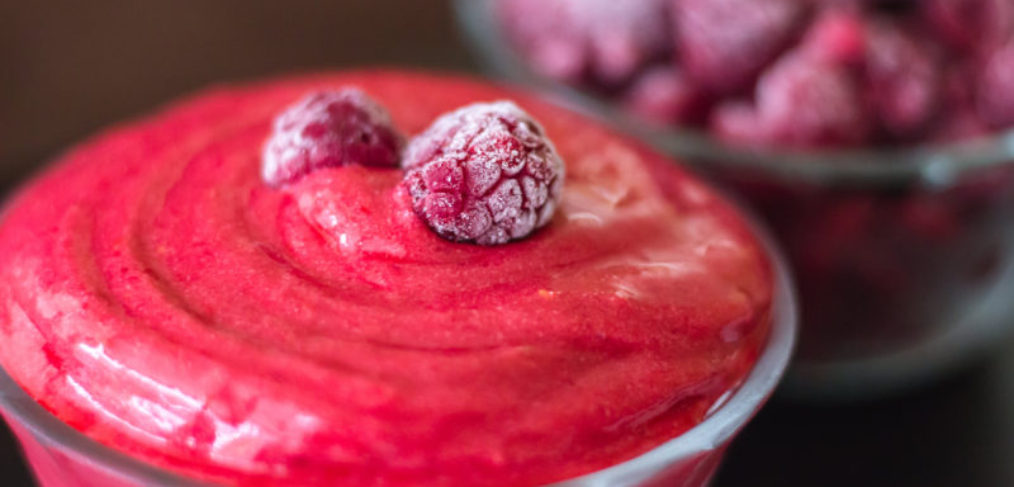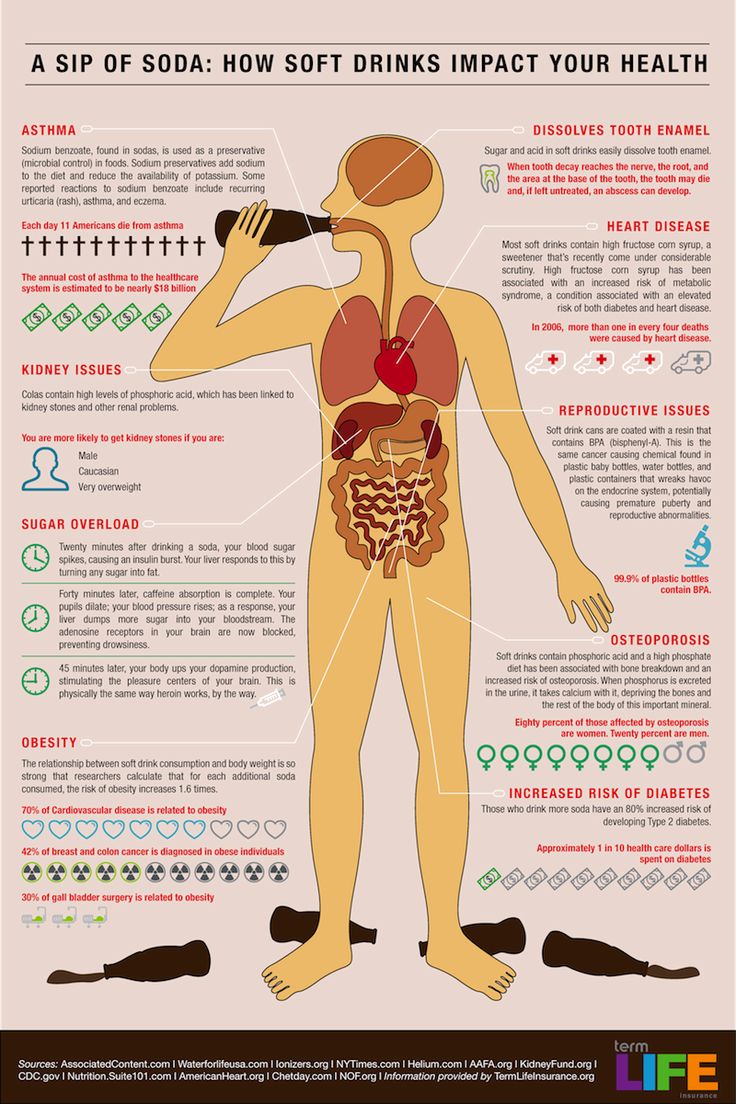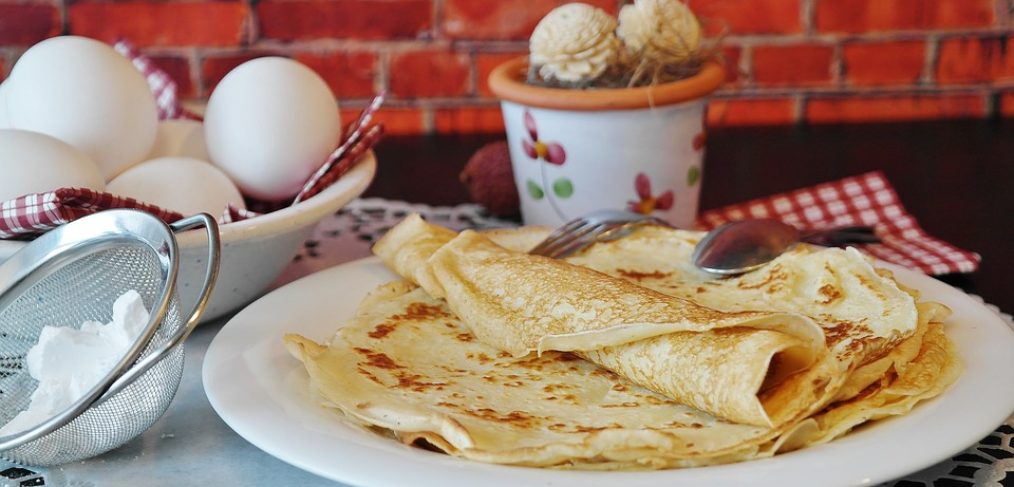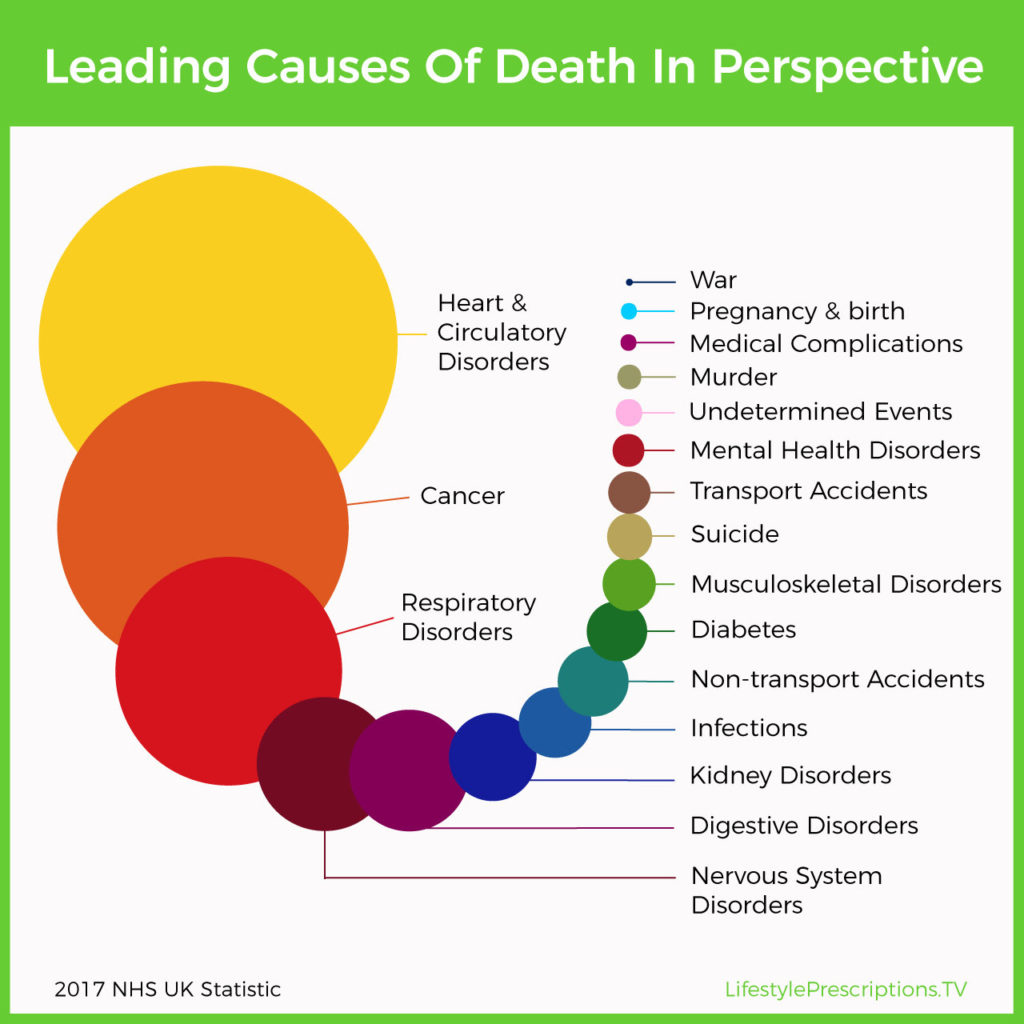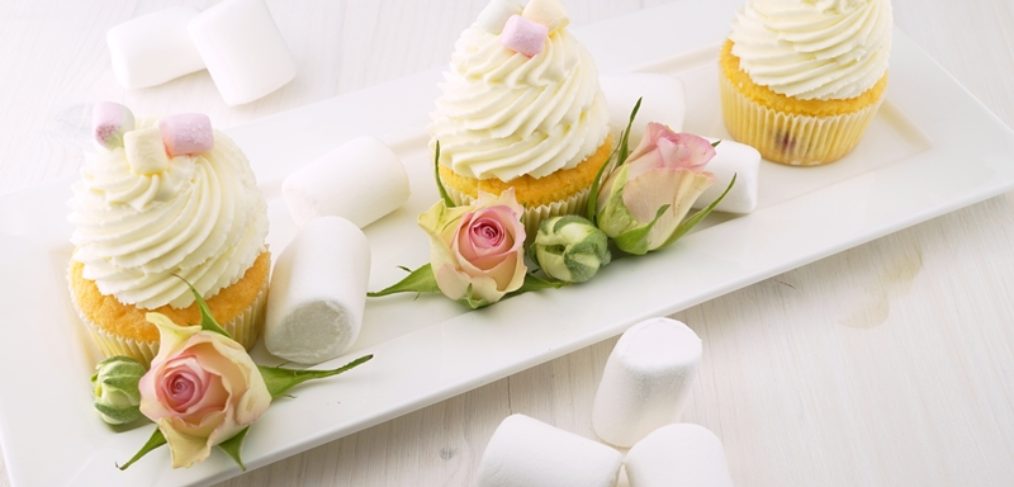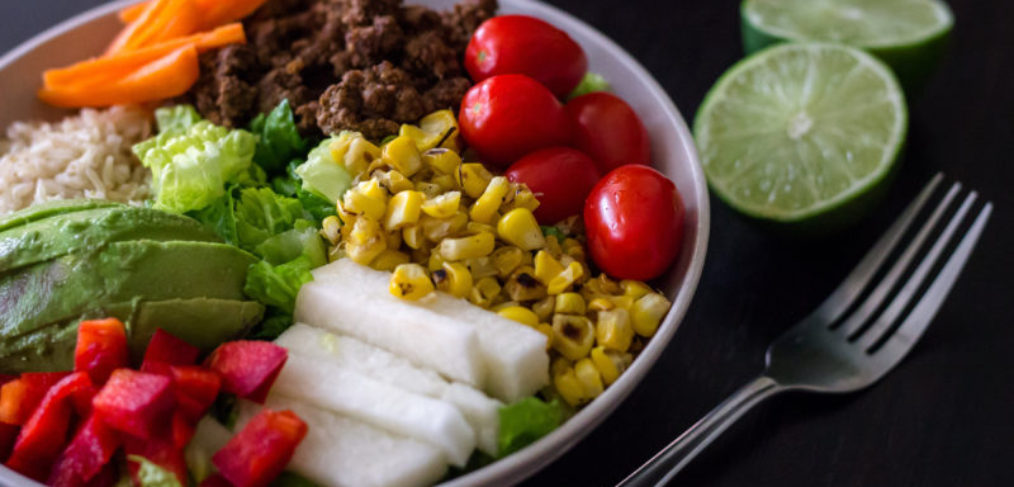Your rough nights may be a sign that your blood sugars are skewed. Waking up a few hours after falling asleep, then struggling to get back to sleep is a classic red flag for low blood sugar. But when you lie in bed for hours and can’t even get to sleep in the first place, you may have high blood sugar.
True, you might have other considerations interfering with restful nights, such as a serotonin/melatonin imbalance or too much blue light exposure at bedtime. But most often, when people just like you talk to me about their disrupted sleep patterns, there is something crazy going on with their cortisol. Blood sugar fluctuations and cortisol output are kissing cousins.
Here’s what happens. (If you can’t stand explanations and just want a solution, skip to the last section.) Cortisol secretion is triggered when there is a perceived threat to the body, such as:
- emotional stress
- a physiological menace, perhaps toxins or food sensitivities
- plummeting blood sugars
Cortisol’s task is to mobililze you for action – to supply you with immediate energy to fight against the threat. It does so by signalling your muscle tissue to release amino acids and fatty acids that the liver can convert into glucose (blood sugar) in a process called gluconeogenesis. As these acids are switched into ready fuel, your breathing and heart rate speed up and your muscles engage for movement – a state incompatible with sleep.
When you find yourself rousing between 1 and 3 a.m., it’s highly likely that your blood sugars dipped. Falling blood sugars threaten your brain, which must maintain a steady stream of glucose for its function, so your body releases cortisol to keep you safe. That cortisol spike wakes you up.
On the other hand, when you go to bed then toss and turn for hours with sleep evading you, that’s a pretty good indication that emotional and physiological stressors have kept that cortisol pumping all day, not letting you wind down and slip into regenerative repose. And as long as cortisol is being released, blood sugars will stay high. You’ll feel restless, need to move, and have speeding thoughts. This is the classic “tired but wired.”
To achieve more restful sleep
- “Bank your fire.” Eating a high-carb meal provides plenty of fuel, but like kindling, carbs burn hot and fast, then are gone in a flash. To keep an even burn for hours that runs slow and low, use plenty of natural fats along with complex carbohydrates in your meal. These will metabolize like a big log on a campfire and prevent you from crashing in the night.
- Coax your body into a para-sympathetic state. It’s easy to get stuck in the task-and-deadline focused mode that drives most of your actions throughout the day. You can persuade your body to ease up by engaging in deep breathing exercises; drinking an herbal tea such as ashwagandha, rhodiola, or holy basil; humming; soaking in an epsom salt bath; journalling or sketching or coloring; diffusing essentials oils such as lavendar, ylang ylang, or chamomile; practicing yoga; listening to binaural beats; or perhaps getting a massage.
- Get checked out by an NTP (Nutritional Therapy Practitioner) who will be able to evaluate you for food sensitivities and toxin-producing gut dysbiosis that may be driving cortisol levels up round the clock. NTP’s can use an online assessment to graph your bio-individual profile. You can ask for your profile here.



